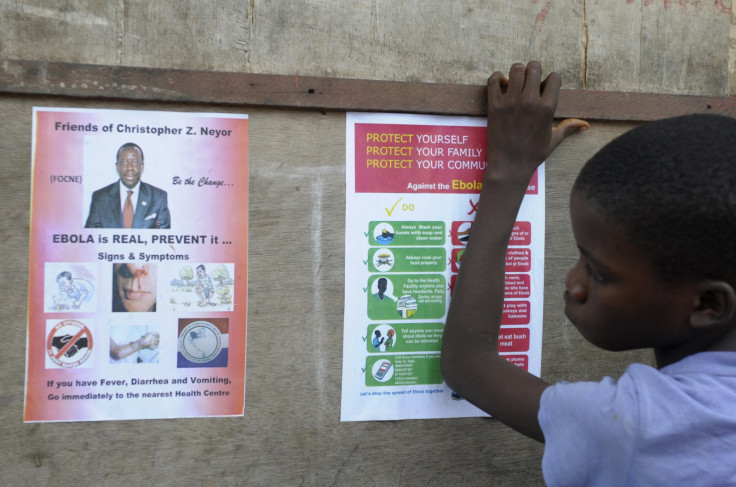Ebola Treatment Using Technique Against Related Virus May Work, Says Study

Positive results from an experimental drug given to monkeys infected with the Marburg virus suggest that the same technique could be useful against the Ebola virus. Both are filoviruses that cause severe and fatal hemorrhagic fever.
In results published in the journal Science Translational Medicine, researchers in Texas and Vancouver-based Tekmira Pharmaceuticals show that giving rhesus macaques an experimental drug that uses small interfering RNA (siRNA) protected the primates, even when treatment began three days after infection with the Angola strain of Marburg virus, reports CBC News.
The siRNA works by degrading the messenger RNA which carries the blueprint of replication by the virus.
It is the same technique that is used by Tekmira for its Ebola drug, now fast-tracked by the US Food and Drug Administration.
Filoviruses spread through contact with bodily fluids, and once inside an organism, they attach themselves to the surface of host cells and insert their RNA into the cell. The host cell then starts making copies of the virus.
Many drugs being developed against these filoviruses work to prevent them from attaching and entering cells.
The vaccines or anti-serums like ZMapp use antibodies that bind to the virus and mark it for destruction by immune cells, or simply prevent the virus from latching onto host cells.
The drug reported in the research paper attacks the virus after it has entered the cell by going for its RNA.
Scientists are hopeful that a combination of antibodies and siRNA could address various stages of the infection.
"We have siRNAs made that work against Ebola virus," the study's senior author, Thomas Geisbert of University of Texas Medical Branch in Galveston said.
"So it would be possible to take ... siRNAs that we already have that are designed against Ebola and have already been used in monkeys against Ebola, for compassionate use during this outbreak."
During an Ebola outbreak, people generally don't show signs of illness within the 72-hour framework used in the experiments.
Geisbert speculated that Day 3 of an infection in a non-human primate might translate to about day 6 or 7 in a human.
As the drug worked even when given three days after being infected, there is the added advantage of using it on patients tested for Ebola rather than all suspected cases.
The death toll in the current Ebola outbreak in West Africa stands at 1,350.
© Copyright IBTimes 2025. All rights reserved.





















